| International Telecommunication Union’s Digital Innovation Board (DTB) | Dr. Neeraj Mittal was unanimously chosen co-chair of the ITU’s Digital Innovation Board.
About International Telecommunication Union (ITU):
|
| International Partnership for Hydrogen and Fuel Cells in the Economy (IPHE) | The International Partnership for Hydrogen and Fuel Cells in the Economy (IPHE) is holding its 41st Steering Committee Meeting in New Delhi.
About IPHE
|
| The Order of the Druk Gyalpo | At Bhutan’s 114th National Day, the Indian Prime Minister was recently awarded with the Druk Gyalpo order.
About Druk Gyalpo Order
|
| Exercise IMT TRILAT- 2024 | The second edition of the Trilateral Exercise (IMT TRILAT) started recently in the western Indian Ocean.
About IMT TRILAT
|
| Shanghai Cooperation Organization Startup Forum | The fourth Shanghai Cooperation Organisation (SCO) Startup Forum was held on March 19, 2024, in New Delhi.
About Shanghai Cooperation Organization Startup Forum
Objectives
|
Recently, US Surgeons said it’s the first time a pig kidney has been transplanted into a living person.
First Attempt for Xenotransplantation:
|
|---|
| Must Read | |
| NCERT Notes For UPSC | UPSC Daily Current Affairs |
| UPSC Blogs | UPSC Daily Editorials |
| Daily Current Affairs Quiz | Daily Main Answer Writing |
| UPSC Mains Previous Year Papers | UPSC Test Series 2024 |
The Supreme Court has formed a committee to address the endangerment of the Great Indian Bustard bird population while considering India’s commitment to renewable energy.
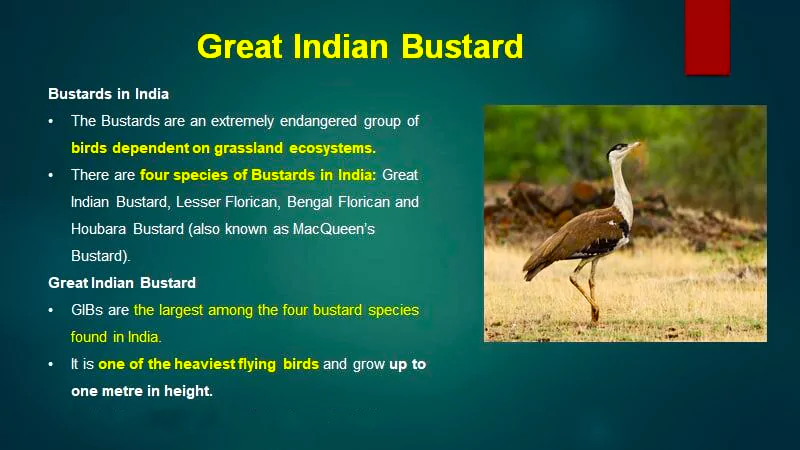 Other name: The Great Indian Bustard (GIB) is also known as Godavan, Godawan, Hoom, and Gaganbher.
Other name: The Great Indian Bustard (GIB) is also known as Godavan, Godawan, Hoom, and Gaganbher.
| Must Read | |
| NCERT Notes For UPSC | UPSC Daily Current Affairs |
| UPSC Blogs | UPSC Daily Editorials |
| Daily Current Affairs Quiz | Daily Main Answer Writing |
| UPSC Mains Previous Year Papers | UPSC Test Series 2024 |
Recently, the Union Health Ministry has sought a report from the Government of Punjab concerning the IVF treatment undergone by the Parents of a late noted celebritiy.
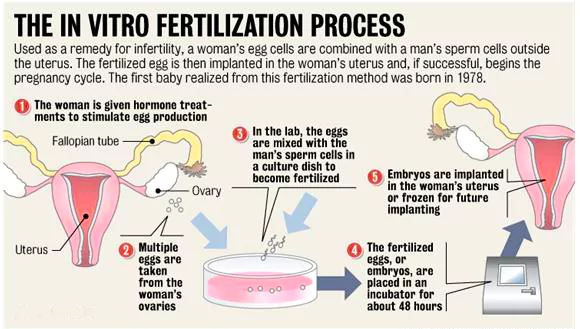
| Must Read | |
| NCERT Notes For UPSC | UPSC Daily Current Affairs |
| UPSC Blogs | UPSC Daily Editorials |
| Daily Current Affairs Quiz | Daily Main Answer Writing |
| UPSC Mains Previous Year Papers | UPSC Test Series 2024 |
Recent studies reveal that India’s forests are facing a silent crisis driven by rising temperatures, erratic rainfall, and deforestation, highlighting the ability of forests to absorb carbon dioxide (CO2) & in the photosynthesis process and carbon uptake.
ISRO-Geosphere Biosphere Programme (ISRO-GBP)
|
|---|
International Forest Day
|
|---|
India’s Climate Goal for Carbon Sink:
|
|---|
India’s forests face multifaceted challenges exacerbated by climate change. Understanding the intricate interactions between warming temperatures, CO2 levels, and forest ecosystems is essential for effective mitigation strategies.
| Must Read | |
| NCERT Notes For UPSC | UPSC Daily Current Affairs |
| UPSC Blogs | UPSC Daily Editorials |
| Daily Current Affairs Quiz | Daily Main Answer Writing |
| UPSC Mains Previous Year Papers | UPSC Test Series 2024 |
The Indian Space Research Organisation (ISRO) said it successfully conducted the landing experiment of Pushpak Reusable Launch Vehicle (RLV) at Aeronautical Test Range in Chitradurga district in Karnataka.
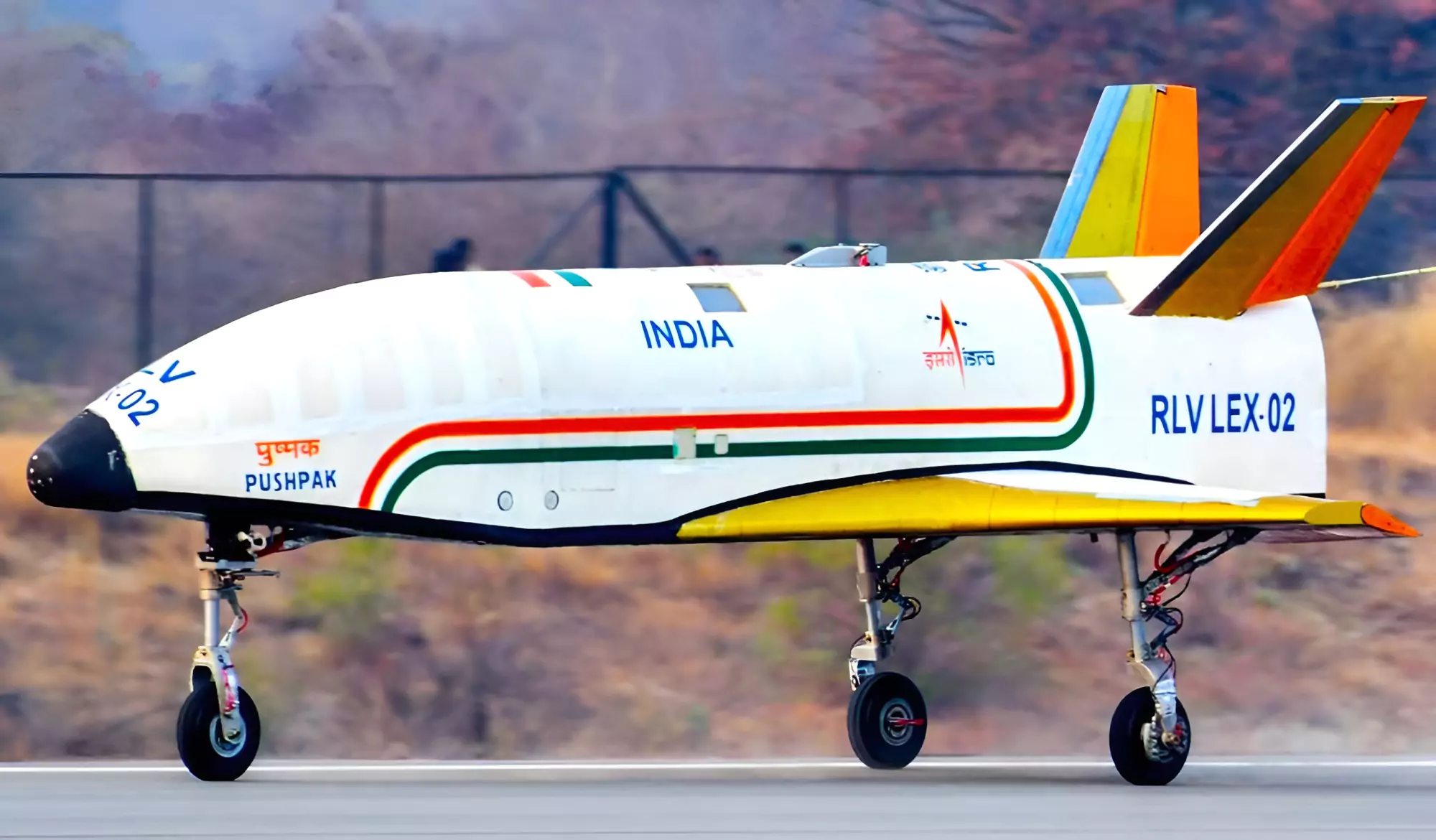
| Must Read | |
| NCERT Notes For UPSC | UPSC Daily Current Affairs |
| UPSC Blogs | UPSC Daily Editorials |
| Daily Current Affairs Quiz | Daily Main Answer Writing |
| UPSC Mains Previous Year Papers | UPSC Test Series 2024 |
The International Vaccine Institute (IVI) announced that it has commenced a technology transfer of simplified oral cholera vaccine (OCV-S) to Hyderabad-based pharma major Biological E.
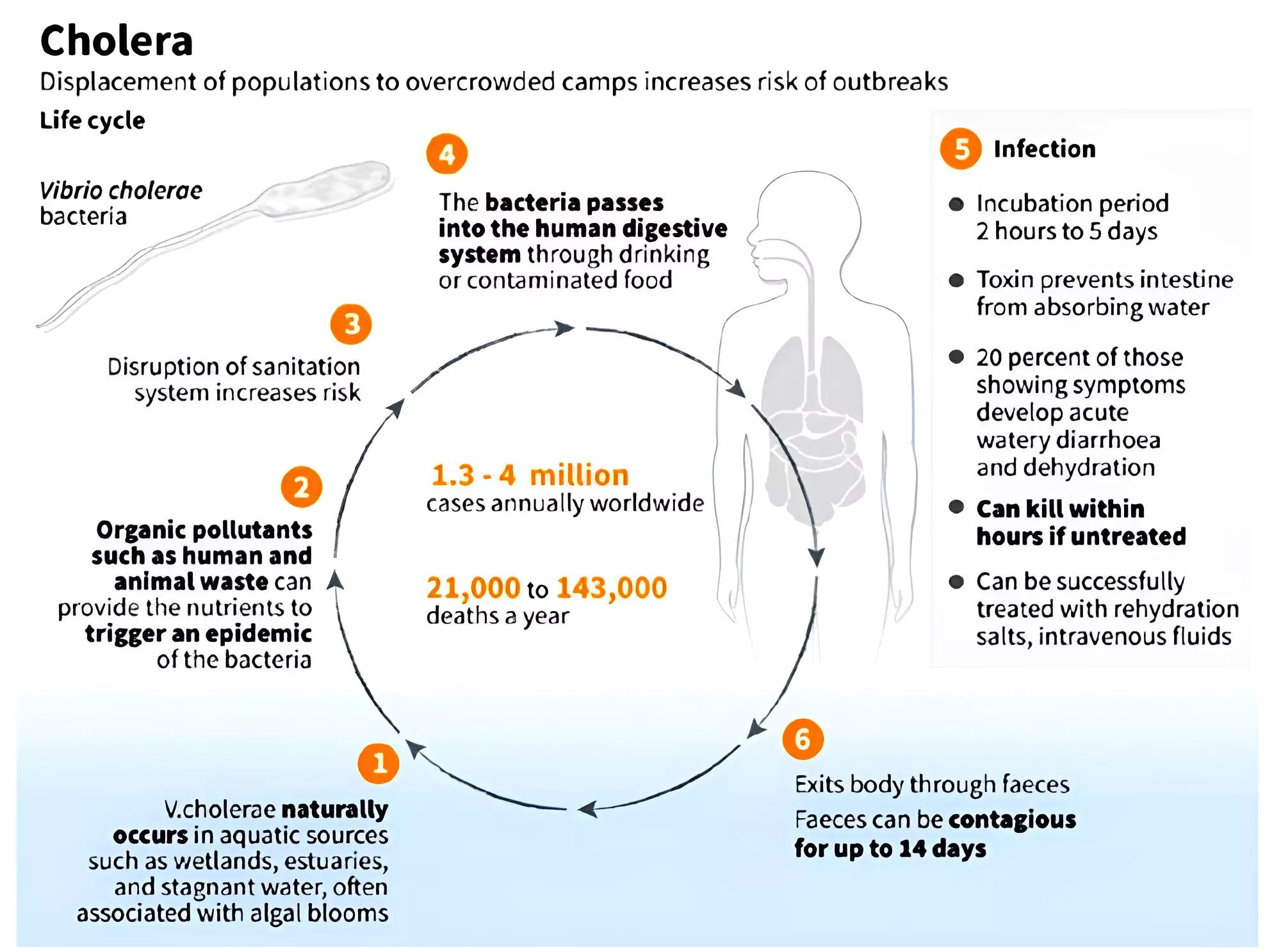
| Must Read | |
| NCERT Notes For UPSC | UPSC Daily Current Affairs |
| UPSC Blogs | UPSC Daily Editorials |
| Daily Current Affairs Quiz | Daily Main Answer Writing |
| UPSC Mains Previous Year Papers | UPSC Test Series 2024 |
According to IAR (Indian Agriculture Research Institute)I, the illicit seed sales and cultivation of IARI varieties in Pakistan started with Pusa Basmati Rice-1121 (PB-1121).
| Must Read | |
| NCERT Notes For UPSC | UPSC Daily Current Affairs |
| UPSC Blogs | UPSC Daily Editorials |
| Daily Current Affairs Quiz | Daily Main Answer Writing |
| UPSC Mains Previous Year Papers | UPSC Test Series 2024 |
Despite having high productivity in rice and wheat, Punjab ranks low in agricultural value creation among Indian states.
| Relevancy for Prelims: Crop Diversification And Agricultural Productivity In India, Agricultural Productivity, Net Sown Area (NSA), Minimum Support Prices (MSP), Farmers Protest 2.0, Food Security, and Evergreen Revolution.
Relevancy for Mains: Agricultural Development in India: Challenges, and Government Initiatives. |
|---|
|
|---|
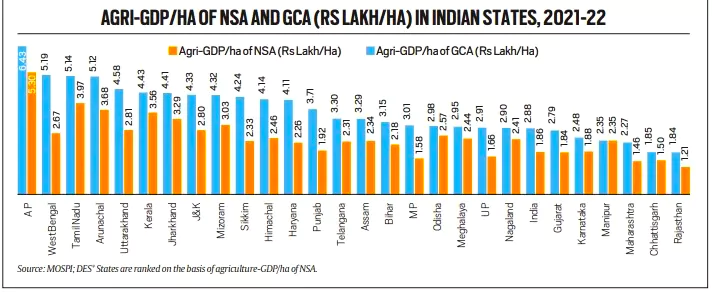
Strategies for Agricultural Diversification in Punjab and Haryana:
|
|---|
Furthermore, Johl Committee Recommendations advised crop diversification in 1986 and 2002, but they largely remain unheeded.
Case Study of Agriculture Value Creation in Different States
|
|---|
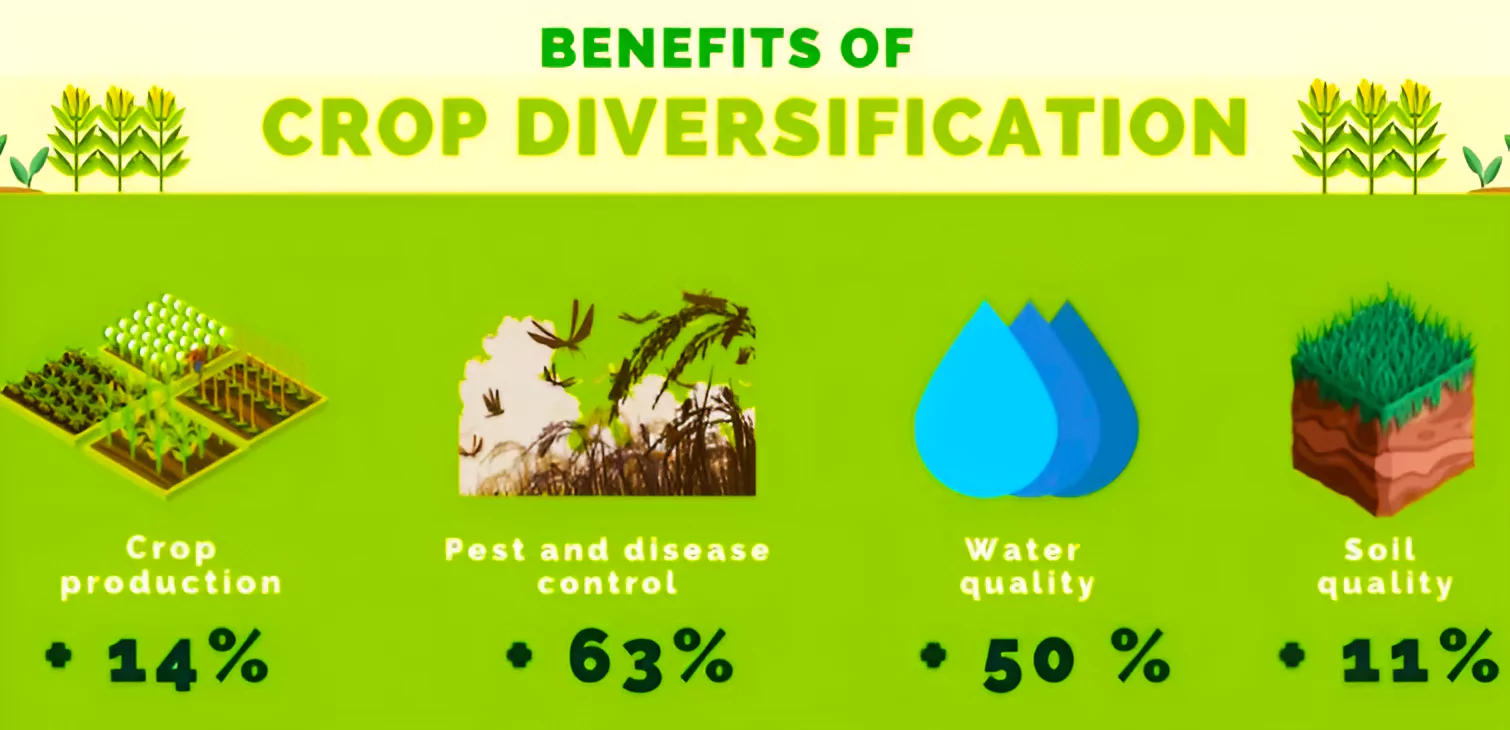
The path towards revitalizing Indian agriculture and boosting farmers’ incomes requires moving beyond traditional staples. Punjab and Haryana need to embrace a demand-driven high-value agricultural system and need to shed the mindset of an MSP-based cropping system.
| Mains Question: What are the present challenges before crop diversification? How do emerging technologies provide an opportunity for crop diversification? (250 words, 15 marks) |
|---|
| Must Read | |
| NCERT Notes For UPSC | UPSC Daily Current Affairs |
| UPSC Blogs | UPSC Daily Editorials |
| Daily Current Affairs Quiz | Daily Main Answer Writing |
| UPSC Mains Previous Year Papers | UPSC Test Series 2024 |
The recent report by the Kathmandu-based International Centre for Integrated Mountain Development (ICIMOD) and the Australian Water Partnership (AWP) describes climate change as the “urgent catalyst” for collaboration over three key river basins in Asia: the Indus, the Ganga, and the Brahmaputra.
| Relevancy for Prelims: Himalayan Drainage System, 8th India Water Impact Summit (IWIS), The Ganga River System, Indus River System, Brahmaputra River System, Indus Waters Treaty, and Climate Change.
Relevancy for Mains: Integrated River Basin Management Approach For The Indus, Ganga And Brahmaputra Rivers. |
|---|
About the International Centre for Integrated Mountain Development (ICIMOD) |
|---|
About Integrated River Basin Management (IRBM)
Seven Key Elements of Integrated River Basin Management (IRBM):
A Multidisciplinary Approach:
|
|
|---|
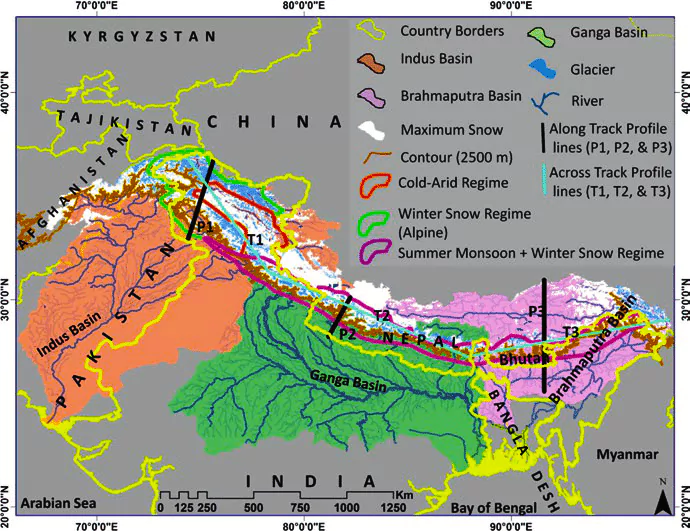
The three rivers- Indus Ganges and Brahmaputra provide food and water security to some of Asia’s most vulnerable communities, as well as underpinning industry, and industrial and economic policies in one of the most populous and geopolitically sensitive zones in the world.
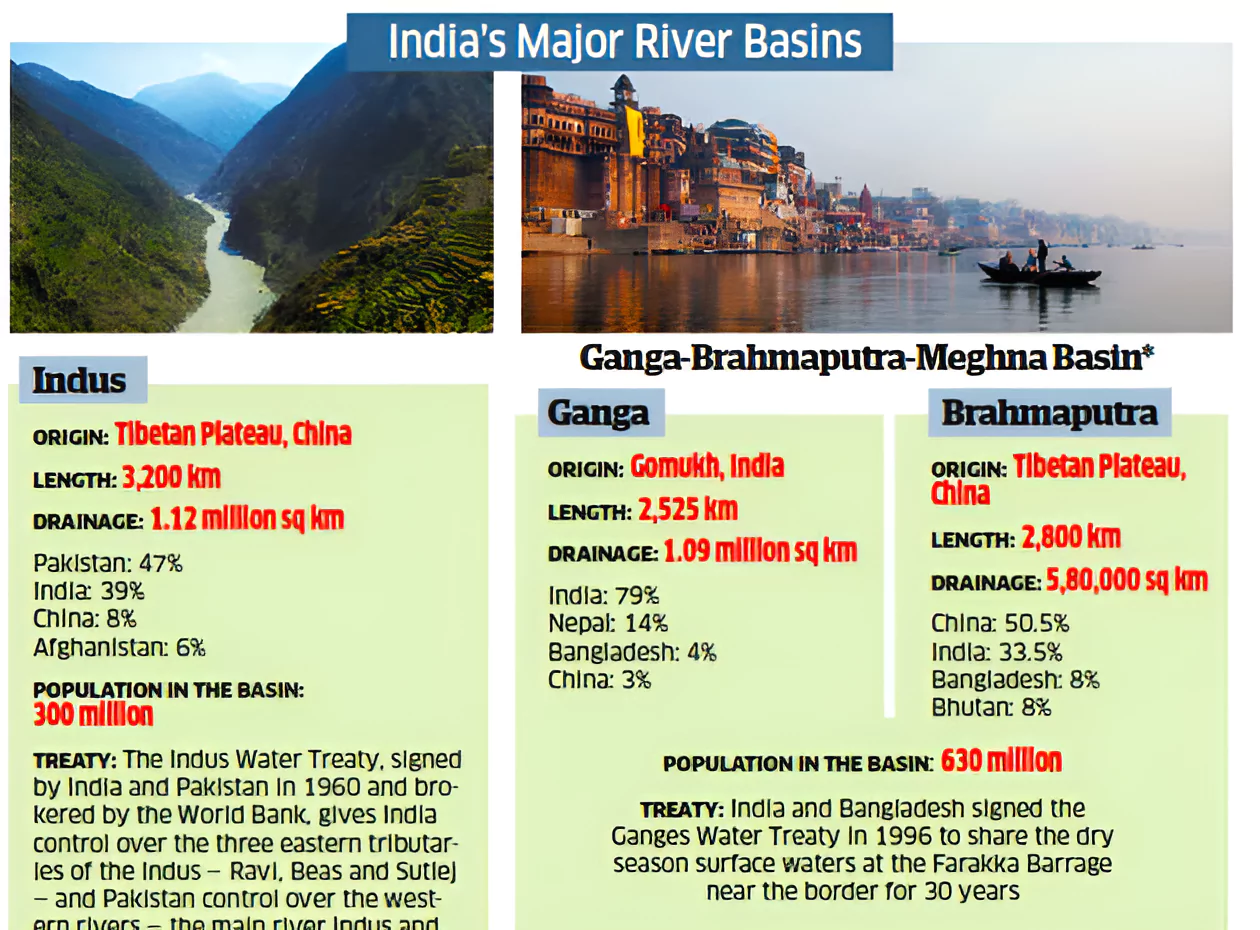 Threats: It is under unprecedented stress due to climate change.
Threats: It is under unprecedented stress due to climate change.
|
|---|
With climate change compounding the existing pressures on water resources, and increasing risks from floods, land erosion, and salinity, there is need for researchers, scientists, civil society, communities, and officials around the three crucial IGB river basins that span Pakistan, China, Afghanistan, Nepal, India, Bangladesh and Bhutan to join forces to avert “enormous and growing” humanitarian, ecological, and economic risks.
| Must Read | |
| NCERT Notes For UPSC | UPSC Daily Current Affairs |
| UPSC Blogs | UPSC Daily Editorials |
| Daily Current Affairs Quiz | Daily Main Answer Writing |
| UPSC Mains Previous Year Papers | UPSC Test Series 2024 |
<div class="new-fform">
</div>
